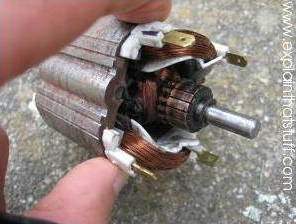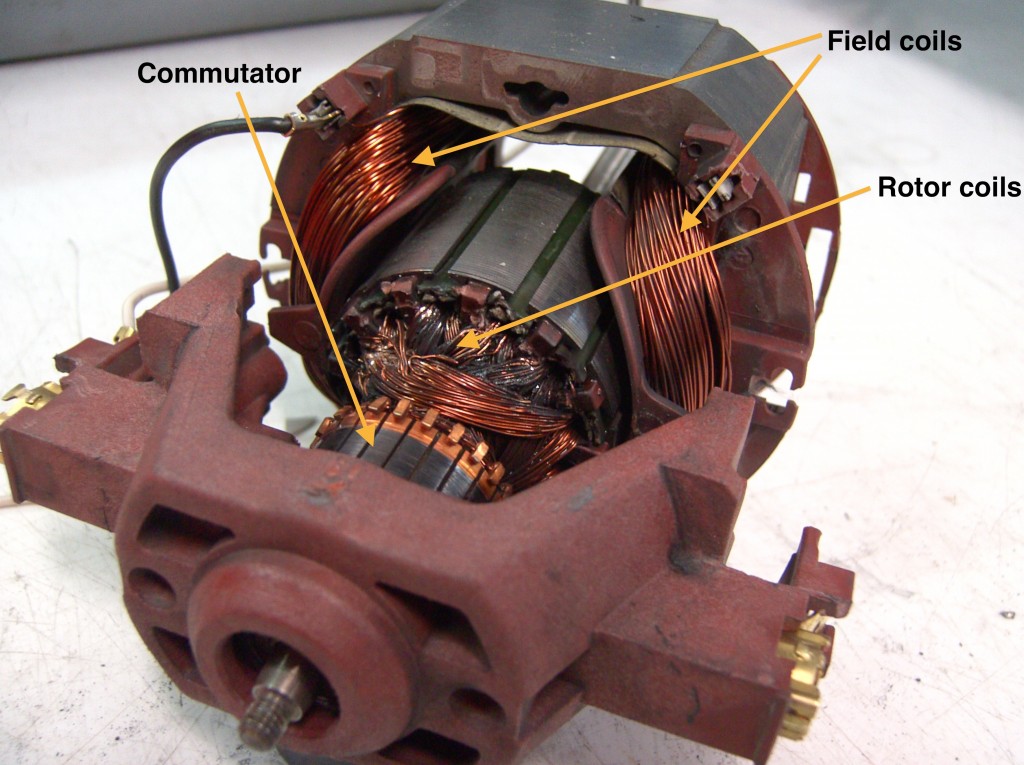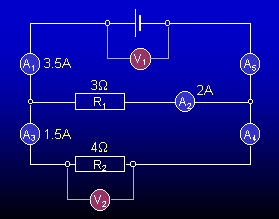Your homework exercise on resistance is attached as a pdf document. Download the file and answer the questions in your homework jotter. Hand in your jotter no later than Monday 17/12/12.
Using Electricity
booklets for all standard grade physics units
I’ve been asked to post a link to all of the booklets so that people have access to something like the energy booklet as they revise using electricity and electronics. I’ve added these to the standard grade page now. Look for a link called whole unit notes in each section.
For those of you who have yet to download a copy of the SQA Physics booklet, get yours here.
S3 credit electricity revision
If you found the general test tricky, here is something to help you prepare for the credit test on Thursday morning. Click on the download link to get your own copy of a full set of notes on the Using Electricity unit.
Thanks to Mr Cunningham for sharing these notes.
S3 electricity revision
Here’s some mains electricity revision for the cat lovers in S3. Remember that your tests are on Tuesday and Thursday. Ignore the 5A fuse stuff in the link, you should always select a 3A or 13A fuse.
electric motors
image by explainthatstuff
We’re finishing off the electricity unit by looking at electric motors. The page I used in class to help explain how a simple electric motor works is available here.
Here is another nice animation that shows the key parts of an electric motor. It will stop after a few rotations but just reload the page to see it again.
Real electric motors have a few modifications;
- they use field coils instead of a bar magnet – the field coils form a strong electromagnet when current passes through them. The field coils do not rotate.
- the single rotating coil is replaced by several rotating coils
- there are more contacts on the commutator – each pair connects to a different rotating coil
- the brushes are often made from carbon instead of metal – the carbon conducts electricity and can withstand high temperatures. Carbon also moulds to the shape of the commutator to give a good electrical contact
image by marrrci
S3 the kilowatt-hour
Recently we looked at the way power companies calculate how much electrical energy we use in our homes. The Joule is too small a unit to measure household energy consumption, so suppliers work out our bills using a must larger unit called the kilowatt-hour (kWh).
I found this page on BBC Bitesize that has some information and a quiz to test your kWh knowledge. There is also a section on the kilowatt-hour at gcse.com.
S3 Homework – Resistance
Here is your homework on the resistance topic. Download the pdf with your questions by clicking on the download link below.
Please hand in your jotter no later than Tuesday 7th February.
Pupils going on the school ski trip should try hand their jotter in by the end of this week.
parallel circuits
Here is a short test to let you find out how much you’ve learned about parallel circuits so far. Click on the circuit diagram below to open the question page. You will be asked to enter values for V1, V2, A4 & A5.
image courtesy of MATTER project
If you need some help to find all four values, click on the check answers button to view the working.
Are you ready for some more challenging questions on series and parallel circuits? Try this page.
Power!
We have been looking at electrical power this week. The man I mentioned in class today is James Watt. Here is a short biography by the BBC. I also spoke about how he calculated the power output of working horses and compared them to his steam machines. You can read more about his horsepower experiments here.
I’d say he’s a pretty famous scientist – not many people get their name on every lightbulb in the world! 😉
huge magnet
What would you do with a great big electromagnet? These people made a film.
F5 2011 RE:PLAY Film Festival. Inductance from Physalia Studio on Vimeo.
What do you make of the film?





